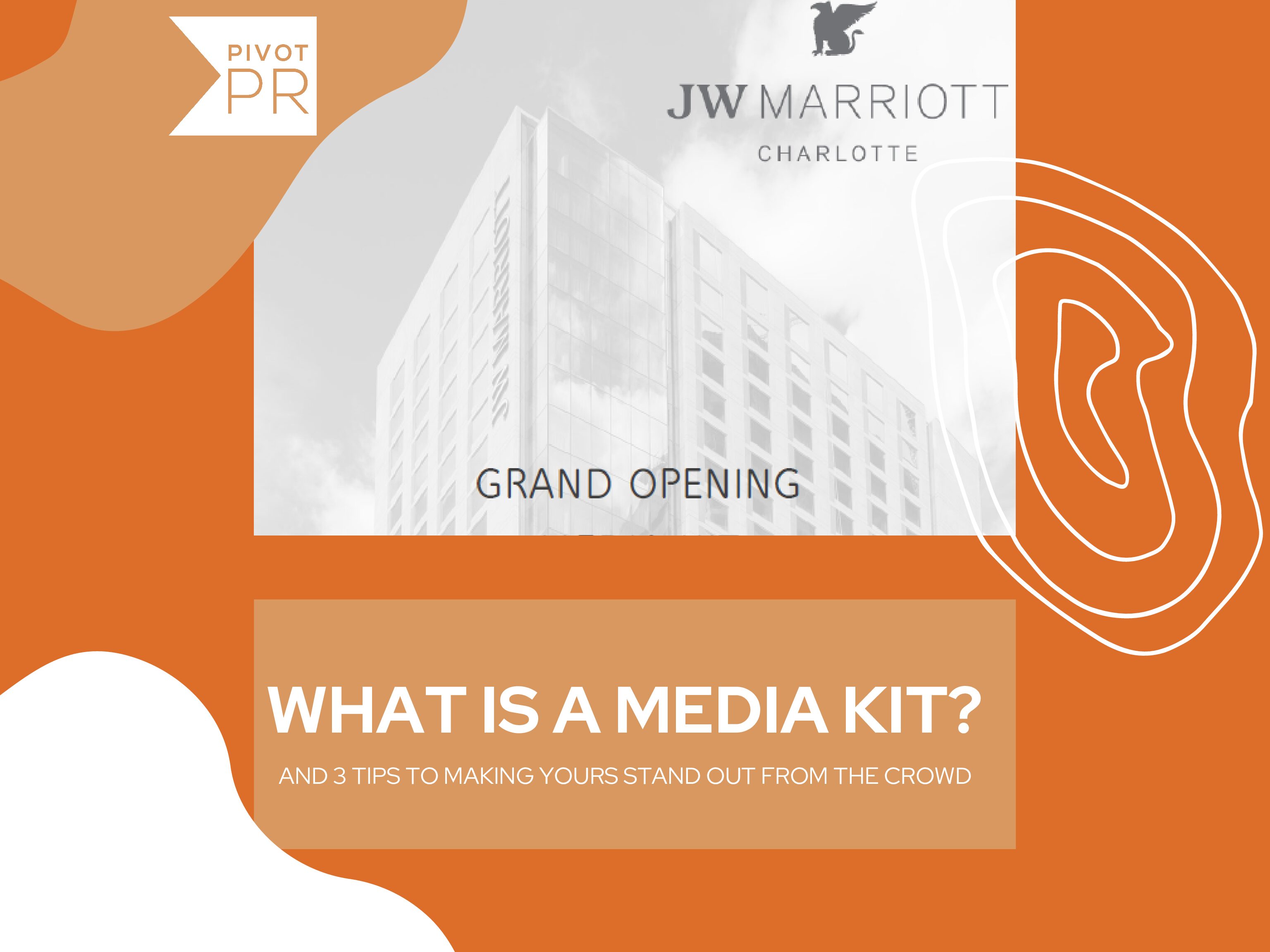Media kits, also known as press kits, are a set of promotional materials assembled by a company to provide basic information about itself to targeted audiences. Materials can consist of images, written content, files and any information related to a company, organization or individual. Designed to summarize a business, product or event, media kits are typically known as a “one stop shop” for media contacts when they need quick access to information.
Businesses can choose to present their media kits as responsive, online press pages or as downloadable presentation decks. No matter what format, they exist as a vital public relations tool to raise awareness, explain services and provide essential information to the media and/or prospective partners.
Key elements of a media kit include:
- Bio – A brief explanation of the company’s history to explain why and how the company was founded.
- Introduction Letter – A pitch to make the case for why the media should write about your company or why the client you’re soliciting should be interested in your services.
- Press Releases/News Clippings – Shows past coverage your company has received.
- FAQ Sheet – Answers the most common questions about your company.
- Samples of Company Work – For example, if you are endorsing a food blog, you might include relevant photography samples, final reports on brand deals, etc.
- Visual Aids – Show your statistics through the use of photos, videos, infographics, etc.
- Contact Information
3 tips for making your media kit stand out:
- Engage Your Audience – Establish credibility instantly with a standout media kit design and compelling headlines and graphics. Keep your pitch concise and get your key messages across quickly. Keep it interesting by avoiding long paragraphs. Opt for text boxes, images, bullets, subheadings and titles to capture and hold attention.
- Focus On Benefits – Forget the fluff. Focus on benefits for the consumer, reporter or client (the why) rather than features of your company (the what) to address the needs of the audience. Clearly explain how your company can best provide solutions to trending issues.
- Be User-Friendly – Ensure your media kit is downloadable, neat and easy to follow. Feature it on your website, located on the Contacts page, Services page or on a dedicated Media page. Include a link to allow the document to be downloaded as a PDF, especially when sending to potential partners.
Want to see a press kit that PIVOT PR has done for a client? JW Marriott Charlotte’s kit can be found HERE.
